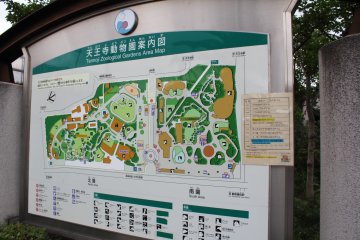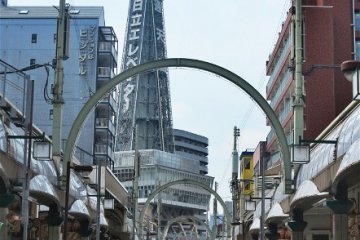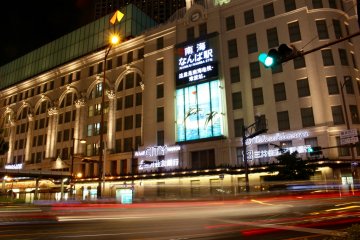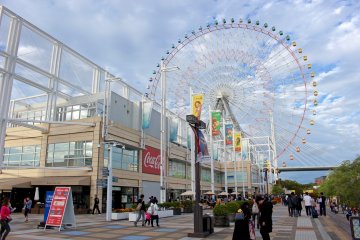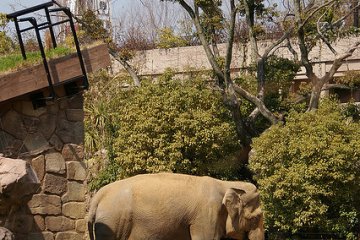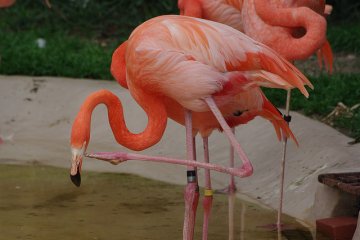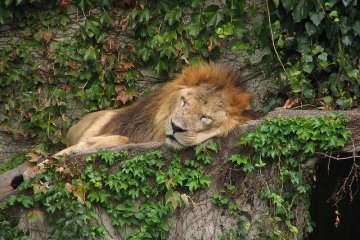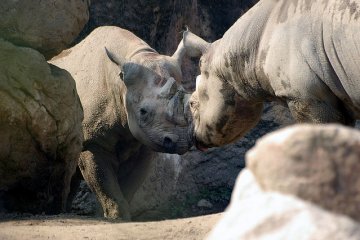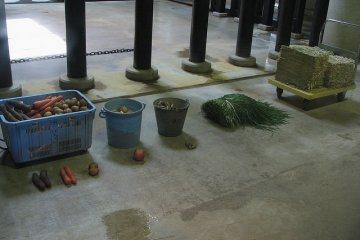For you animal lovers out there, do you know that there is zoo in one of the busiest area in Osaka? Yes, Tennoji Zoo is located right beside Shinsekai, Tsutenkaku Tower, Spa world, Shitenno Shrine and is connected directly to Tennoji Park. In fact, Tennoji Zoo is the 2nd biggest in Japan and one of the earliest zoos in this country when it was opened in 1915.
Tennoji Zoo puts in a lot of effort to ensure ecological exhibition. This means that you can see animals put in habitats as closely to their natural environments as possible. For example, the lions are put to roam in a large area and you can see other herbivorous animals like the giraffes and zebras grazing on the same ground. It is amazing to know that Tennoji Zoo which has a land which area of only about 10 hectares (in comparison, the San Diego zoo is about 100 hectares) houses about 1,500 animals of 300 different species in the middle of a city!
One attraction you will not miss is the “African Savanna”. As mentioned, carnivores and herbivores are put in the same space, just as if they were really in the African continent. You can have a feel of being in Africa, seeing the lions, tigers and hyenas roaming around, while the cranes and flamingos cleaning themselves in nearby pond. Tennoji Zoo also houses the first underwater viewing pool. It is amazing to watch the hippos swimming with the fish through the transparent panel.
In the Asian tropical jungle zone, there is a gigantic bird cage that houses different birds, a bewildering experience to be in this bird paradise. And of course, who can forget the chimpanzees and orang utans? You can even see how much resemblance especially younger cute orang utans have to human kids!
By the way, have you ever wondered, “Why are the lions and tigers sleeping most of the time?” or “Why are the animals so lazy???” According to the zoo, moving around uses up a lot of energy, so even in the wild most animals tend to keep their movement to the minimal. Thus, when would be the best time, if there is one, to see the animals active? The obvious answer: Feeding time! Remember to ask the zoo staff when you enter about the feeding time. Normally there will be an announcement about them so follow the crowd to see the animals in “action”! Another good timeif you want to see the animals active is immediately after the opening hours. Most animals are kept in cages after the zoo closes and released to the main areas.
There are indeed a lot to discover in this zoo regardless of your age. You could view more photos from this photo story. My visit to Tennoji Zoo was not only entertaining and educational. It helped me understand a little bit more about the creatures that coexist with us and how we should live together in harmony :)



